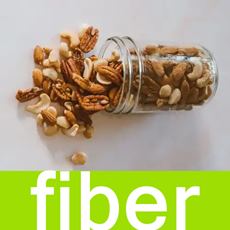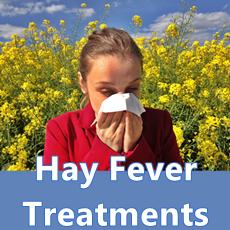Hazelnuts
Nuts are good for you, try hazelnuts
Fact Checked
×All the content published in our website is fact checked to validate its accuracy.
Visit our guidelines web page to learn more about our strict processes regarding how we review our content's sources: reliable and reputable journals, media websites, universities, colleges, organizations, and professionals.
Our articles are based on scientific evidence, and the references are included in their footnotes, which are clickable links to sound scientific papers.
First published: 14. Feb.2025
Overview, tree nuts series: Hazelnuts
This article about hazelnuts is part of our nuts series, which covers different tree nuts mentioning their health benefits, nutrients, properties, and risks.
References and Further Reading
(1) Bezerra M, Ribeiro M, Igrejas G. , (2021). An Updated Overview of Hazelnut Allergens. Nutrients. 2021 Jul 27;13(8):2578. doi: 10.3390/nu13082578. PMID: 34444737; PMCID: PMC8399460
(2) Gonçalves B, Pinto T, Aires A, Morais MC, Bacelar E, Anjos R, Ferreira-Cardoso J, Oliveira I, Vilela A, Cosme F., (2023). Composition of Nuts and Their Potential Health Benefits-An Overview. Foods. 2023 Feb 23;12(5):942. doi: 10.3390/foods12050942. PMID: 36900459; PMCID: PMC10000569
(3) de Souza RGM, Schincaglia RM, Pimentel GD, Mota JF., (2017). Nuts and Human Health Outcomes: A Systematic Review. Nutrients. 2017 Dec 2;9(12):1311. doi: 10.3390/nu9121311. PMID: 29207471; PMCID: PMC5748761
(4) University of Manchester, (2006). Allergy information for: Hazelnut (Corylus avellana). Accessed: Feb. 14, 2025
(5) Brown R, Ware L, Tey SL., (2022). Effects of Hazelnut Consumption on Cardiometabolic Risk Factors and Acceptance: A Systematic Review. Int J Environ Res Public Health. 2022 Mar 1;19(5):2880. doi: 10.3390/ijerph19052880. PMID: 35270573; PMCID: PMC8910742
(6) Perna S, Giacosa A, Bonitta G, Bologna C, Isu A, Guido D, Rondanelli M., (2016). Effects of Hazelnut Consumption on Blood Lipids and Body Weight: A Systematic Review and Bayesian Meta-Analysis. Nutrients. 2016; 8(12):747. https://doi.org/10.3390/nu8120747
About this Article
Hazelnuts, A. Whittall
©2025 Fit-and-Well.com. First Published: 14.Feb.2025. Update scheduled for 14.Feb.2027. https://www.fit-and-well.com/fitness/hazelnuts.html
Tags: hazelnuts, nuts, allergy, phytochemicals, vitamins, minerals, omega fatty acids, fiber



